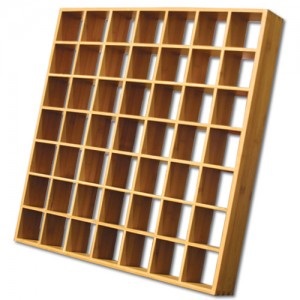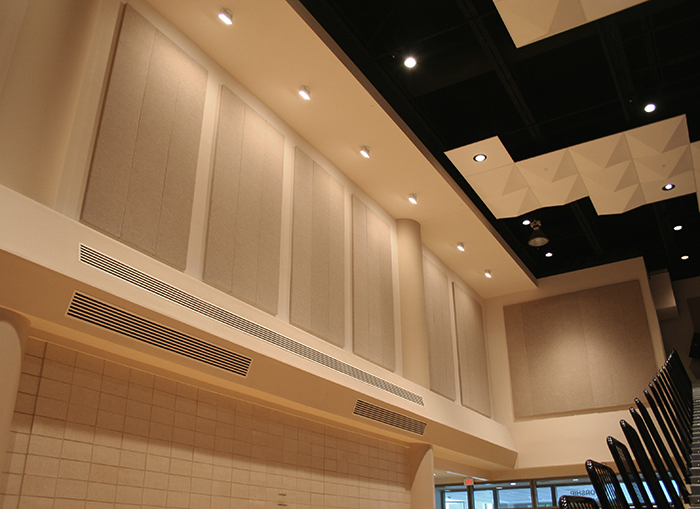Acoustical treatment is something that most studio engineers are quite familiar with. However, many church audio technicians have only a passing understanding of the subject.
So rather than telling you what treatment you need for your space, here’s a primer on different types of acoustical treatment.
Acoustical treatment is the method by which we control reflections in a space to create the ideal acoustical profile, thereby enhancing audio perception. A reflection is the change in direction of a sound wave away from a boundary the wave encounters.
Reflected waves remain in their original medium rather than entering the medium they encounter. The Law of Reflection states that the angle of reflection of a reflected wave equals the angle of incidence.
• Generally, your best chance of attaining the best acoustic profile for your space is through architectural engineering.
• Once a room is constructed and furnished, acoustic treatment tends to consist of treating hard, parallel surfaces.
• Acoustical treatment is normally accomplished in two ways: absorption and diffusion.
Absorption

In acoustics, absorption is the opposite of reflection. Sound waves are “absorbed” or soaked up by the soft materials they encounter.
Acoustic foam or panels are used to absorb sound waves and are well-suited to alleviate slap and flutter echo, the two most common problems in rooms not architecturally engineered for music recording or performance.
With proper placement, acoustic foam and panels can transform even the most cavernous warehouse or gymnasium into a suitable acoustic environment.
Diffusion

In acoustics, diffusion is the process of spreading or dispersing radiated energy, thereby minimizing coherent reflections which can lead to intelligibility issues.
Diffusion is an excellent complement to absorption because it does not remove much energy which means that it can effectively reduce reflections while still leaving an ambient or live sounding place.
Diffusion is accomplished by strategically placing hard angles in a space to keep sound waves from grouping so that there are no hot spots or nulls in a space. This is normally achieved through the use of preformed plastic or wood paneling.
Now that you’re armed with the proper information, go forth and take a look at your room. What types of acoustical treatment have been used, if any? Could the treatment be improved or are you happy with the results?




















